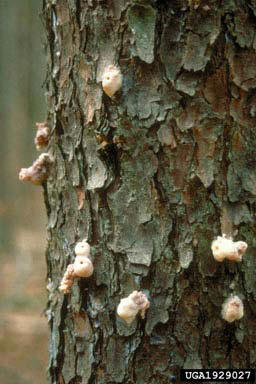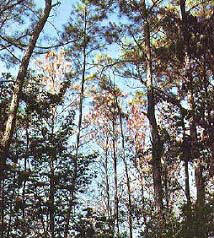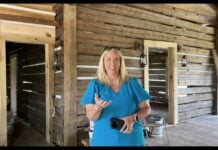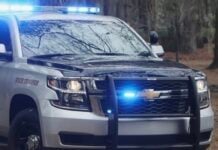Southern Pine Beetles
By Sheila Duncan
Reporter

If you own land with timber, you may have noticed damaged trees on your property. Southern pine bark beetles cause more damage to Alabama’s pine timber than any other forest insect. On average, the state loses 60,000 pine trees each year during an outbreak, resulting in about $800,000 in economic losses. During an epidemic, both the economic and timber losses increase significantly.
These beetles typically target weakened or stressed pines, especially those affected by drought, storms, fires, diseases, competition, or other insect infestations. Most southern pine species are vulnerable, though some are more susceptible than others depending on the beetle type.
There are three main groups of southern pine bark beetles: the southern pine beetle (SPB), Ips engraver beetle (IEB), and black turpentine beetle (BTB). Each species attacks a different part of the tree and spreads at varying rates. Of the three, the SPB is the most aggressive, even attacking healthy trees, while the IEB and BTB mostly affect weakened or damaged ones. However, the IEB and BTB have a wider host range than the SPB.
Southern pine beetles (Dendroctonus frontalis) attack all types of pine trees, but they prefer loblolly, shortleaf, Virginia, pond, and pitch pines. They are the most destructive forest insect in the southern U.S., with outbreaks often following tree stress from flooding, windstorms, or drought. These beetles typically infest trees larger than six inches in diameter.
The adult beetle is brown to black and about 1/8 inch long, with a rounded back end, unlike the scooped-out back of the Ips beetle. The larvae are white with reddish-brown heads, while the pupae are pure white. Both fully-grown larvae and pupae are about 1/8 inch long, and their eggs, also white, are visible to the naked eye.
The first sign of an attack is yellowing or browning of pine needles. The trunk may show pitch tubes, which are white, yellow, or red brown, about the size of a wad of gum. In drought conditions, the pitch tubes might be small or absent, leaving only reddish-brown dust. Removing the bark reveals an “S”-shaped gallery pattern, different from the “Y” or “H” galleries made by Ips beetles. In affected areas, trees at the center turn dark reddish-brown, while those on the edges may show lighter green or yellow foliage.
Adult beetles are drawn to weakened trees, but during outbreaks, they also attack seemingly healthy ones. They typically begin in the middle of the trunk, then spread up and down. The beetles bore through the bark and create winding “S” galleries where they lay eggs. Larvae feed in the cambium layer, pupate near the bark, and emerge as adults after 25 to 40 days, depending on the temperature. Control methods differ depending on the beetle type, so accurate identification is important. Overall, maintaining healthy, vigorous trees is the best way to prevent beetle attacks.
Tuesday, October 22nd, from 6:00 PM to 8:00 PM an informative event will be held at the National Guard Armory, located at 133 Walnut Street in Centreville. Experts will be on hand to discuss and answer questions about the challenges posed by Southern Pine Beetles. This event is hosted by the Bibb County Natural Resource Council, Alabama Forestry Commission, Alabama Cooperative Extension, Bibb County Soil & Water Conservation District, USDA Natural Resource Conservation Service, and the U.S. Forest Service. A light dinner will be provided, and pre-registration is required. For more details, visit www.aces.edu/event/southern-nine-beetles.
















